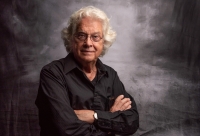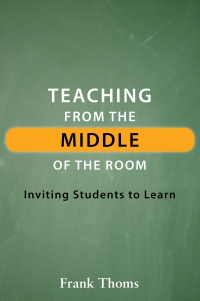Acknowledge: A powerful practice in the classroom
Think about that. Fred Rogers speaks of white spaces between paragraphs in a book, which allows you to think about what being said. A good metaphor for the classroom.
And if the person has said something inflammatory in your opinion, your acknowledging it lets him know you have listened (hard as it may have been).
If you were to ‘validate,’ you might not only say that you have listened, but indicate that you might agree. To acknowledge, on the other hand, means not to take sides, to jump in, react, argue. To acknowledge in a conversation creates wiggle room.
As a teacher, I suggest that you insert ‘acknowledge' as a fundamental practice in your classroom. Invoking it eases possible tensions, maintains a flow, and provides room to intervene if necessary. I often stayed out of classroom conversations except to keep them moving. I discovered that standing aside, allowed more students to feel free to enter the fray. I was interested in what they had to say, what they understood more than my pontifications—of course, not always.
To ‘acknowledge’ might defuse the present flailing back-and-forth in public discourse and give room for listening, pausing, rather than simply reacting, being defensive. Honest dialogue might follow.
Acknowledge, “to take notice of,” a powerful practice in the classroom.

